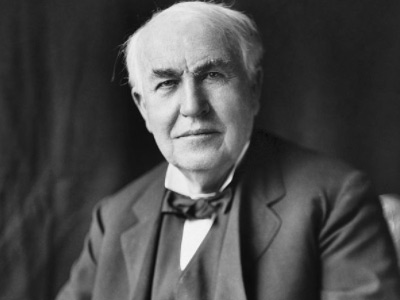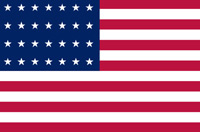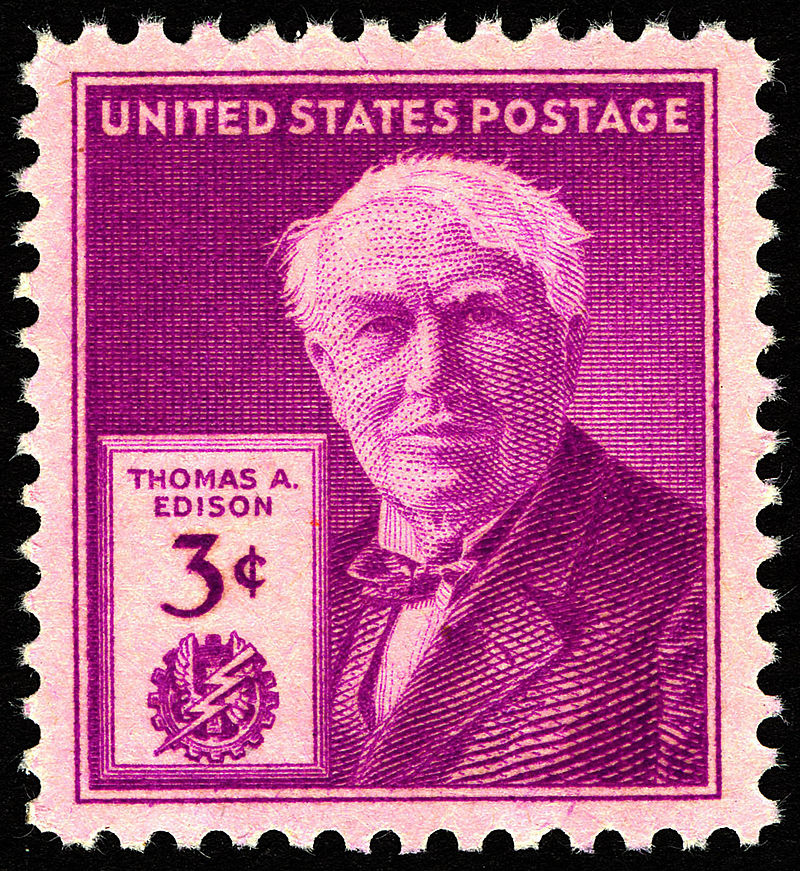Thomas Edison (1847-1931)
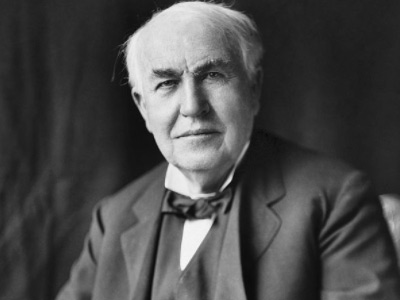
Final Years
Henry Ford, the automobile magnate, later lived a few hundred feet away from Edison at his winter retreat in Fort Myers. Ford once worked as an engineer for the Edison Illuminating Company of Detroit and met Edison at a convention of affiliated Edison illuminating companies in Brooklyn, NY in 1896. Edison was impressed with Ford's internal combustion engine automobile and encouraged its developments. They were friends until Edison's death. Edison and Ford undertook annual motor camping trips from 1914 to 1924. Harvey Firestone and John Burroughs also participated.
In 1928, Edison joined the Fort Myers Civitan Club. He believed strongly in the organization, writing that "The Civitan Club is doing things—big things—for the community, state, and nation, and I certainly consider it an honor to be numbered in its ranks." He was an active member in the club until his death, sometimes bringing Henry Ford to the club's meetings.
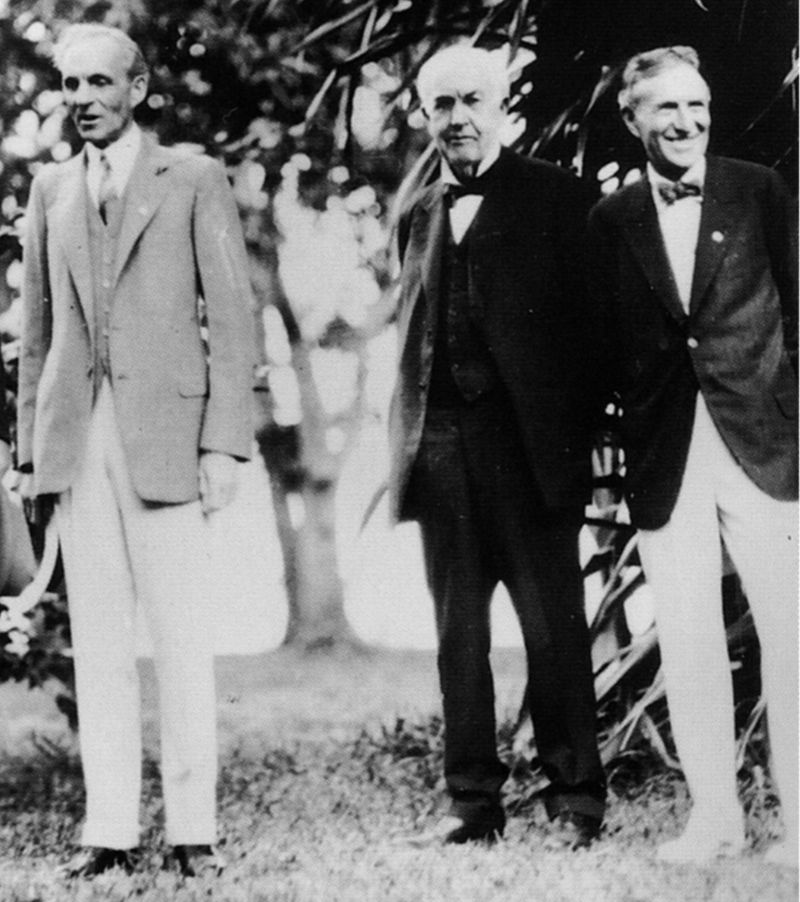
A photograph of Henry Ford, Thomas Alva Edison, and Harvey Samuel Firestone- the fathers of modernity
Edison was active in business right up to the end. Just months before his death, the Lackawanna Railroad inaugurated suburban electric train service from Hoboken to Montclair, Dover, and Gladstone, New Jersey. Electrical transmission for this service was by means of an overhead catenary system using direct current, which Edison had championed. Despite his frail condition, Edison was at the throttle of the first electric MU (Multiple-Unit) train to depart Lackawanna Terminal in Hoboken in September 1930, driving the train the first mile through Hoboken yard on its way to South Orange.
This fleet of cars would serve commuters in northern New Jersey for the next 54 years until their retirement in 1984. A plaque commemorating Edison's inaugural ride can be seen today in the waiting room of Lackawanna Terminal in Hoboken, which is presently operated by New Jersey Transit.
Edison was said to have been influenced by a popular fad diet in his last few years; "the only liquid he consumed was a pint of milk every three hours". He is reported to have believed this diet would restore his health. However, this tale is doubtful. In 1930, the year before Edison died, Mina said in an interview about him, "correct eating is one of his greatest hobbies." She also said that during one of his periodic "great scientific adventures", Edison would be up at 7:00, have breakfast at 8:00, and be rarely home for lunch or dinner, implying that he continued to have all three.
Edison became the owner of his Milan, Ohio, birthplace in 1906. On his last visit, in 1923, he was reportedly shocked to find his old home still lit by lamps and candles.
Death
Edison died of complications of diabetes on October 18, 1931, in his home, "Glenmont" in Llewellyn Park in West Orange, New Jersey, which he had purchased in 1886 as a wedding gift for Mina. He is buried behind the home.
Edison's last breath is reportedly contained in a test tube at The Henry Ford museum near Detroit. Ford reportedly convinced Charles Edison to seal a test tube of air in the inventor's room shortly after his death, as a memento. A plaster death mask and casts of Edison's hands were also made. Mina died in 1947.
HISTORY
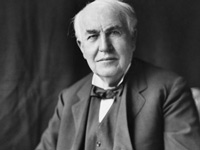
RESOURCES
This article uses material from the Wikipedia article "Thomas Edison (1847-1931)", which is released under the Creative Commons Attribution-Share-Alike License 3.0.
© Stories Preschool. All Rights Reserved.
